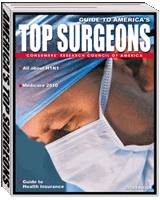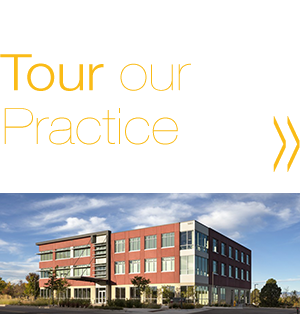Denver Facelift Specialist
Denver Facelift Procedures, Part 1
Facelift terminology in Denver can be confusing, especially in today’s market with the introduction of attention-grabbing, catchword branded facelifts. I decided to blog about facelift terminology after noticing how confused many patients are about the variety of facelift brands and names. My goal is to provide you with a set of terms that will help you better understand facelifts.
A facelift is the best method to rejuvenate an aging face. In general, all facelifts – whether minimally-invasive or more extensive – are technically lower facelifts. They address the changes associated with aging in the lower two-thirds of the face – namely the cheeks and jaw line (the “jowls”). They may also indirectly improve some aging changes in the neck. The eyelid and forehead areas and more direct changes to the neck are addressed through separate procedures, which may be performed alone or in combination with a facelift.
When patients use the term “full facelift,” they often are referring to multiple procedures – for example, a facelift and a forehead lift or a facelift with an eyelift. When most surgeons use the term “full facelift,” they are usually referring to the most extensive type of lower facelift, described below.
There are three basic types of facelifts:
A mini-lift, a standard facelift and a full facelift. Each type is intended to address different degrees of sagging and aging that may have occurred. A patient should realize an exceptional result if the appropriate lift is performed. In addition, subtle maneuvers and variations within each technique allow for a unique result.
Regardless of the type of facelift, a few important elements are essential to a great result:
• Addressing the muscle layer that sags with aging (known as the SMAS muscle in medical terms) so that it is “lifted” back into position, rejuvenating the face.
• A natural appearance to the facelift. The goal is to look youthful and natural. The most amazing facelift results do not reveal any hints of surgery. Comments such as, “You look well rested – did you just return from vacation?” or “Did you do something to your hair?” should be the norm. A patient should not receive the question, “Did you have a facelift?”
• All incisions should be placed so that they are well concealed and, once fully healed, virtually undetectable. In general, an incision in front of the ear allows a surgeon access to the cheeks and jaw line. An incision behind the ear allows access to the neck.
• A patient-physician relationship built on trust and mutual understanding. A patient must feel comfortable and at ease with his or her surgeon. Otherwise, the outcome and experience may be less than optimal.
• Reasonable expectations from the patient.
• Appropriate follow-up course and care.
Part 2 of this post coming soon!!!
*Results May Vary



 "America's Top Surgeons" 5 Years in a Row
"America's Top Surgeons" 5 Years in a Row



